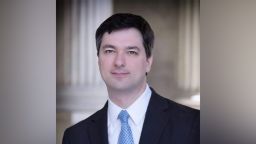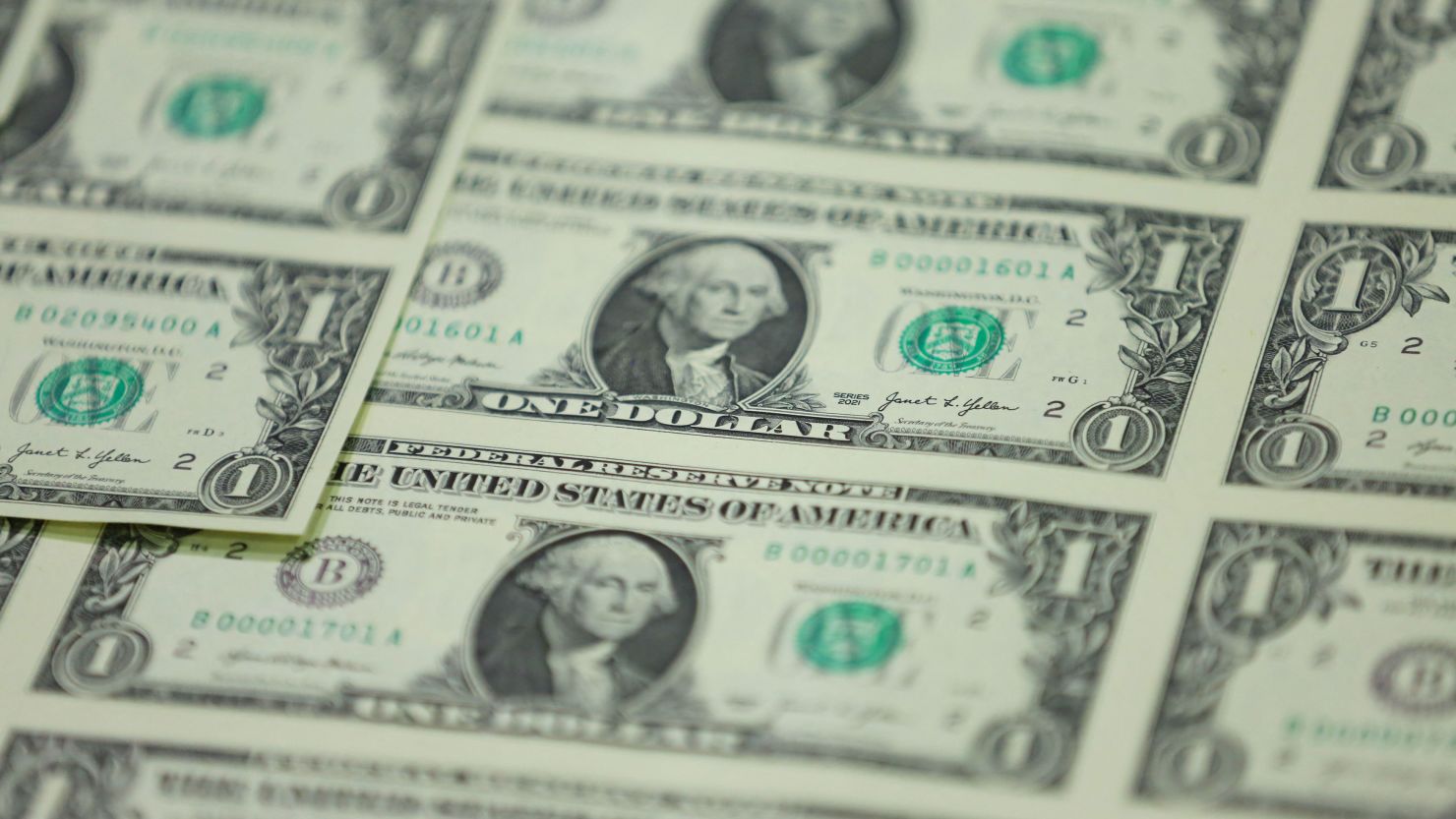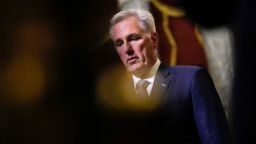Editor’s Note: Brian Riedl is a senior fellow at the Manhattan Institute. Follow him on twitter @Brian_Riedl. The opinions expressed in this commentary are his own. View more opinion on CNN.
On Monday, Moody’s announced that a government shutdown would threaten Washington’s AAA credit rating. Both Fitch and Standard and Poor’s have already downgraded Washington’s credit rating based on past fiscal recklessness. Downgrading a bond signals to investors that the bond issuer is more likely to eventually default, which typically leads investors to demand a higher interest rate to compensate them for the additional risk. This is dangerous because interest rates have already been rising and endangering federal finances.

In the past week, the interest rate on the 10-year Treasury bond reached 4.5% for the first time since 2007. In addition to raising the cost of home loans, car loans and business loans, rising interest rates threaten to push Washington toward a debt crisis by drastically raising the annual interest cost of servicing the escalating federal debt. Indeed, lawmakers have long gambled the federal budget — and the US economy — on an apparent assumption that interest rates will never rise again.
Between 1990 and 2021, the average interest rate that the federal government paid on its debt gradually declined from 8.4% to 1.7% due to a dovish Federal Reserve, sluggish economy and rising global savings. This allowed Washington politicians to hike the debt held by the public from $5 trillion to $25 trillion, with annual interest costs remaining near $350 billion over that period (all adjusted for inflation), according to my calculations of data from the Office of Management and Budget. As long as interest rates kept falling, Congress could keep adding debt without interest costs rising — and those stable interest costs became increasingly affordable as the economy and tax revenues rose. In response, over the past several years, progressive politicians and leaders began treating falling interest rates as an immutable law of science, proposing trillions in new spending as a free lunch to be put on a near-zero-interest national credit card.
But the low interest rate case for a debt-financed spending spree never made sense, for two reasons. First, because like a short-sighted home buyer, Washington never locked in those low interest rates. The average maturity of the federal debt — the length of time before the government must repay the bond holders and then replace them with new bonds at the prevailing interest rate — remains at just 76 months, and nearly all of it must be replaced with new bonds within a decade. So any future interest rate rise would hit nearly the entire national debt.
The second reason is that — even with no additional spending expansions — Washington is already scheduled to borrow $119 trillion over the next three decades, pushing the debt toward 200% of the economy. Even at the low interest rates projected by the Congressional Budget Office (CBO), a debt this massive would leave interest payments as the largest federal expenditure, consuming more than one-third of all federal taxes. Any additional borrowing would just pour gasoline on the fire.
Two years ago, I wrote a lengthy report warning that interest rates may rise, and calculating the devastating cost to the federal budget. I concluded that Washington’s long-term fiscal sustainability depends on interest rates remaining below 4% essentially forever. Even the CBO projection of interest rates gradually rising to 4% over three decades produces budget deficits of 10% of GDP under peace, prosperity and no new tax cuts or spending expansions.
What if interest rates exceed those projections? Each additional percentage point would cost Washington $2.8 trillion over the decade, and $30 trillion over three decades, according to a model I built using CBO data, similar to adding a second Defense Department. Interest costs would consume well over half of all federal taxes within three decades, according to my model of rising interest rate costs. Again, these numbers reflect rates only a single percentage point over the baseline.
My report’s warnings were largely dismissed at the time by an economic policy community that could not imagine interest rates returning to 4% at any point in the future. Yet two years later, the 10-year bond has already reached 4.5%, and annual interest costs have nearly doubled to almost $700 billion.
It was absurd and ahistorical to believe that interest rates would never rise this much. After all, Washington was paying 5% rates as recently as 2008. And rising government debt raises interest rates further, with the 30-year debt projections likely to gradually add three percentage points to interest rates. Unless a dovish Federal Reserve and a consistently weak economy put equal downward pressure on interest rates — and offsetting three percentage points is quite a heavy lift — then elevated interest rates may be here to stay.
The 1970s and 1980s offer a sobering example. Even after the Federal Reserve finally defeated the 1970s inflation, nominal and real interest rates remained steeply elevated through the 1980s as the Fed cautiously maintained higher rates, and markets demanded higher inflation premiums, to avoid getting burned again. Similarly, today’s anticipated return to 2-to-3% inflation is not likely to induce the Fed to bring back pre-2021 interest rates, nor will markets likely bring back 3% mortgage rates.
Ultimately, Washington’s interest rate may settle around 4% to 5%, which would gradually push the debt well past 200% of GDP. Yet congressional spenders have offered nothing by way of a backup plan in case higher interest rates hit the soaring national debt. The debt party is over, and the hangover will be painful.

